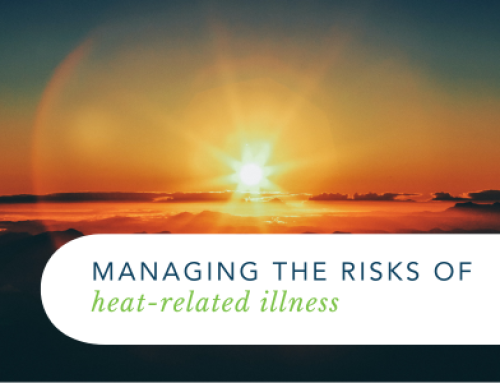El Niño is a complex climate phenomenon that affects weather patterns around the world. It is characterized by warmer than average sea surface temperatures in the central and eastern tropical Pacific Ocean, which in turn affects global atmospheric circulation. This can lead to significant changes in weather patterns, with impacts felt in various parts of the world. In Australia, El Niño is a significant weather event that can have a range of effects, from droughts to flooding, and can have a significant impact on the economy and the lives of people in affected regions.
What really is El Niño?
El Niño (EN) is one of the three phases of a larger climate cycle known as the El Niño-Southern Oscillation (ENSO) cycle, which also includes La Niña and neutral phases. During EN, the trade winds that blow from east to west across the Pacific weaken, causing warm water to pool in the eastern Pacific. This warming can have a range of effects on weather patterns around the world, including changes in rainfall, temperature, and wind patterns.
In Australia, El Niño is typically associated with below-average rainfall, particularly in the eastern and southern parts of the country. This can lead to drought conditions, which can have significant impacts on agriculture, water supply, and the environment. During severe El Nino events, such as the 2015-2016 event, large areas of Australia can experience drought conditions, with some regions recording their lowest rainfall on record.
What can we expect with El Niño?
Drought can have a range of impacts on the economy and society, including reduced agricultural output, higher food prices, and increased stress on water resources. In addition, drought can increase the risk of bushfires, as dry conditions create ideal conditions for fires to start and spread. During the 2019-2020 bushfire season in Australia, which was preceded by a prolonged drought, large areas of the country were affected by bushfires, with devastating impacts on communities, wildlife, and the environment.
In addition to drought, EN can also bring other extreme weather events to Australia, such as heatwaves and storms. During EN events, temperatures in Australia can be significantly higher than average, particularly in the inland regions of the country. This can lead to health risks for vulnerable populations, such as the elderly and those with pre-existing health conditions. In addition, extreme heat can lead to increased demand for energy, particularly air conditioning, which can put pressure on the electricity grid and lead to blackouts.
El Niño can also increase the likelihood of tropical cyclones in the Australian region, particularly in the northern parts of the country. While El Nino is typically associated with reduced rainfall, it can create conditions that are favourable for tropical cyclone development, particularly in the Coral Sea. In some cases, El Niño can also lead to more severe tropical cyclones, with stronger winds and higher storm surges.
Benefits?
Despite the challenges that EN can bring to Australia, there are also some potential benefits. For example, El Niño can lead to reduced rainfall in some parts of the country, which can help to reduce the risk of flooding. This can be particularly important in areas that are prone to flooding, such as the east coast of Australia which has seen record-breaking flooding events in 2021-2022. In addition, El Niño can bring cooler temperatures to some parts of the country, particularly in the south. This can be beneficial for some agricultural crops, as cooler temperatures can help to reduce the risk of heat stress and other weather-related damage.
Overall, El Niño is a significant weather event that can have a range of impacts on Australia. While it can bring some benefits, such as reduced risk of flooding and cooler temperatures in some regions, it is primarily associated with drought, heatwaves, and other extreme weather events. These impacts can have significant economic and social consequences, particularly for rural communities and vulnerable populations. As such, it is important to be prepared for such circumstances, and enlisting the right emergency management consultant is crucial. Reach out to our friendly staff today to see what Workplace Emergency Management can do to help protect your business stay safe from the extremes and everything in between.
GET IN TOUCH
Are you ready for peace of mind that your workforce is as safe and prepared as possible?
With a dedicated team of staff ready to help you meet compliance requirements and improve the overall safety of your workplace, all you need to do is get in touch.
Request your free audit today!



